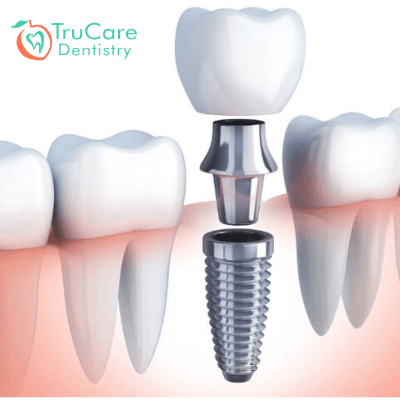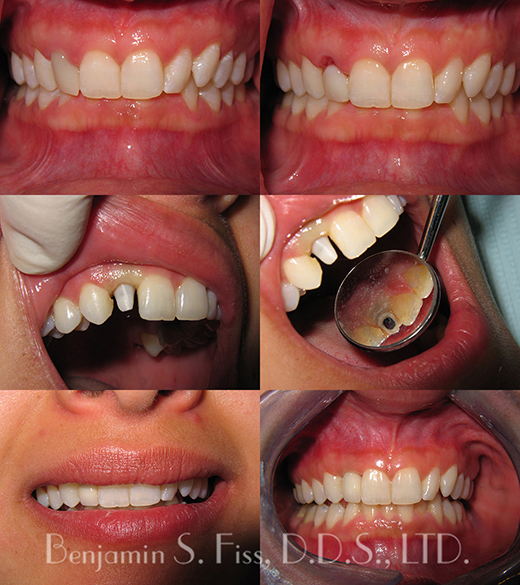Implants Dental Near Me Muskegon MI - Guide to Dental Implants: A Popular Option for Tooth Replacement
Implants Dental Near Me Muskegon MI - Guide to Dental Implants: A Popular Option for Tooth Replacement
Blog Article
Affordable Dental Implants Near Me Muskegon Heights MI - Dental Implants surgery
The journey toward dental implants begins with a thorough assessment of the jawbone's condition. When there is inadequate bone density to assist an implant, bone grafting becomes a vital procedure to recreate a stable foundation. Understanding click this link how much bone grafting is required for dental implants significantly influences the remedy plan, timeline, her explanation and overall success rate.
The quantity of bone grafting required is dependent upon a number of components, including the extent of bone loss, the implant's size, and the particular location throughout the mouth. In instances of serious bone loss as a result of periodontal ailments, trauma, or prolonged tooth loss, more intensive grafting may be needed. Conversely, if the bone loss is minimal, a smaller graft may suffice.
Dental Implants Cost Grand Rapids MI - Dental Implants Tooth Replacement
The analysis course of sometimes includes imaging research such as X-rays or 3D scans, allowing the dental skilled to visualise the bone structure (Dental Implants Near Me Muskegon Heights MI). These pictures help in determining the quality and amount of existing bone. If the bone is deemed inadequate, the dentist will then define the appropriate grafting procedures
Grafting can be sourced from varied areas. Autografts, which involve harvesting bone from the affected person's own physique, are often deemed the gold commonplace. These provide glorious integration with the existing bone however include the downside of extra surgery. Other options include allografts, which use donor bone, and synthetic materials designed to mimic natural bone. Each choice has its personal implications on healing and success rates.
After determining the required quantity of bone grafting, the dental skilled will create a tailored plan for the patient. This plan might embody the timing of bone grafting in relation to the implant placement. In some circumstances, a graft can be performed simultaneously with the implant surgery. Alternatively, in more difficult scenarios, a separate therapeutic period is indicated.
Healing timelines vary based on the person's health, the extent of grafting, and the sort of graft used. Generally, the therapeutic of a bone graft takes a quantity of months before an implant can be placed. During this time, bone regeneration occurs, resulting in a steady base for the implant.
Dental Implant Grand Haven MI - Dental Implants - Implantsology
Patients often surprise concerning the risks related to bone grafting. While problems corresponding to infection or graft failure are possible, these events are comparatively uncommon. Adhering to post-operative care directions and attending follow-up appointments decrease risks and promote therapeutic.
Once the bone has adequately healed, the dentist assesses the graft's success by evaluating the bone density and stability. If every thing looks favorable, the subsequent steps toward placing the dental implant can begin. The success of this subsequent step largely hinges on the standard of the bone graft and its integration with the encompassing bone.
Cost considerations play an important function within the decision-making process. The expense of bone grafting varies based mostly on materials used, the complexity of the case, and geographic location. It is crucial for patients to debate finances upfront to keep away from unexpected bills later in the treatment.
Implants Dental Near Me Walker MI - Dental Implants Surgical Placement Videos
Also, patients ought to have realistic expectations relating to the timeline and outcomes. Many factors can influence how much bone grafting is needed and its general effectiveness. A collaborative strategy involving the affected person and the dental staff not solely ensures clarity but additionally enhances the probabilities of a successful end result.

Maintaining good oral hygiene and common dental visits following the process is important. These practices can prevent complications and make positive that each the graft and the implant remain stable over time. The ongoing relationship with a dental professional is crucial, particularly in the months following the procedures.
In conclusion, understanding how much bone grafting is needed for dental implants encompasses a multi-faceted method that considers bone quality, grafting varieties, therapeutic time, and overall affected person health. The steadiness between reaching the desired aesthetic and functional outcomes whereas minimizing risks and complications is on the heart of dental implant procedures. The journey may be in depth, but a well-planned approach maximizes the probabilities for a profitable, long-lasting result in restorative dental work.
- Determining the quantity of bone grafting required for dental implants typically hinges on the initial bone density and quantity of the patient's jawbone.
- Each patient's case is exclusive; factors such as previous extractions, periodontal disease, or trauma can affect the need for grafting.
- A 3D imaging scan is typically conducted to evaluate the exact dimensions of the available bone and inform the grafting strategy.
- The kind of dental implant placement—immediate or delayed—may dictate the quantity of bone grafting needed for stability and integration.
- Different types of graft supplies, corresponding to autografts, allografts, or synthetic options, can impression how much grafting material is needed.
- Assessing the affected person's overall health, age, and life-style habits can affect the healing course of, influencing graft volume requirements.
- The depth and placement of the implant can necessitate various quantities of graft materials to safe optimal outcomes.
- Successful integration of the dental implant typically depends on adequate bone density, leading to a tailored grafting approach for each particular person.
- Consultation with an oral surgeon will present a clearer estimate of the bone grafting needed primarily based on comprehensive evaluations and imaging outcomes.
- Post-grafting healing time varies; thus, a cautious analysis is essential to find out the final quantity of grafting required for profitable implantation.undefinedHow much bone grafting is required for dental implants?
Dental Implant Grand Haven MI - Guide to Dental Implants: A Popular Option for Tooth Replacement
What is bone grafting and why is it needed for dental implants?undefinedBone grafting is a surgical procedure that adds bone or bone-like materials to the jawbone. It is necessary for dental implants when the present bone is inadequate to assist the implant, ensuring stability and long-term success.
How do I know if I need a bone graft for dental implants?undefinedYour dentist or oral surgeon will consider your jawbone via x-rays or 3D imaging to determine its density and volume. If they discover that you just lack adequate bone, they will suggest a bone graft before continuing with the dental implant.
Dental Tooth Implant Holland MI - What Is A Dental Implants?
What factors affect the quantity of bone grafting needed?undefinedFactors embody the dimensions and location of the implant web site, the health and density of existing bone, and individual therapeutic capability (Cheap Dental Implants Muskegon Heights MI). These parts help the dentist determine the appropriate amount of graft materials needed
Are there several sorts of bone grafts used for dental implants?undefinedYes, there are a quantity of types, including autografts (from your personal body), allografts (from a donor), xenografts (from animals), and artificial graft materials. Each sort has distinctive advantages and can be selected based mostly on individual affected person wants.
Dental Implant Wyoming MI - Frequently Asked Questions
How long does the bone grafting procedure take?undefinedThe period varies primarily based on the complexity of the grafting process and the extent of the realm handled. Generally, a bone grafting procedure can take wherever from 30 minutes to some hours, relying on the particular circumstances.
What is the recovery time after a bone graft for implants?undefinedRecovery times can differ, however usually, initial healing might take a couple of weeks, while complete integration of the graft with the bone can take a number of months. Your dentist will provide a customized timeline based mostly in your scenario.

Will I experience pain after the bone grafting procedure?undefinedSome discomfort is frequent after a bone graft, nevertheless it's generally manageable with prescribed pain treatment. Most patients report that pain diminishes considerably within a few days.
Implants Dental Procedure Muskegon Heights MI - Dental Implants Procedure: What to Know
How does bone grafting affect the overall dental implant timeline?undefinedBone grafting could prolong the overall timeline for receiving dental implants, as it requires a therapeutic interval before implants may be placed. This can add a quantity of months to the method however is important for a successful implant placement.

Are there risks associated with bone grafting for dental implants?undefinedLike any surgical procedure, bone grafting carries some risks, similar to infection, graft failure, or issues related to anesthesia. However, when performed by an experienced skilled, these risks are typically low.
Can I truly have dental implants positioned immediately after a bone graft?undefinedIn many cases, dental implants can't be placed instantly after a bone graft as a end result of need for the graft to integrate into the existing bone. However, some methods, like instant loading, might enable for this underneath particular conditions. Your supplier will advise you on the best option based on your circumstances.
Report this page